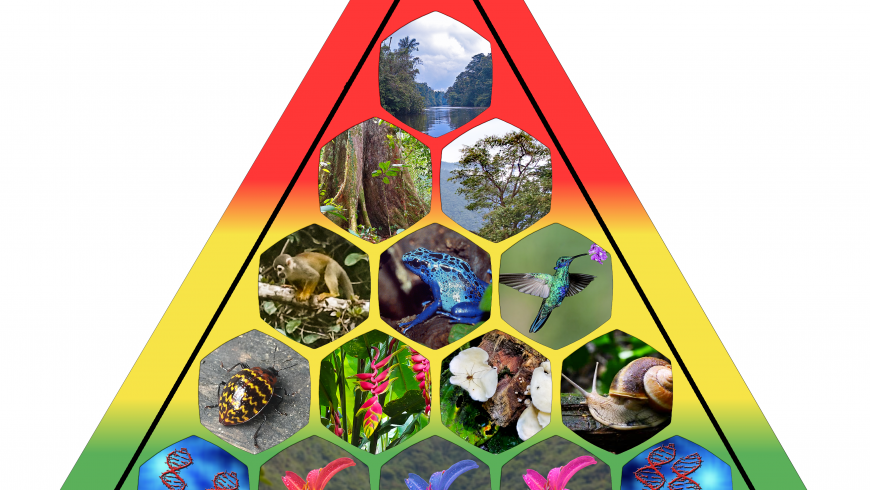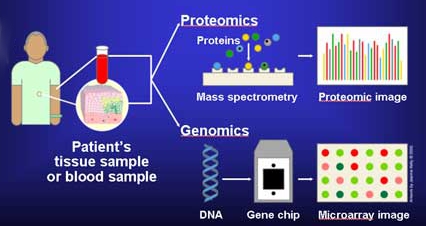The varieties of plants and animals that is biodiversity is preserved through in-situ or on-site and ex-situ methods. Almost every country of the world located in equatorial, tropical, temperate and polar regions are characterized by more or less numbers of biological diversities. As the plants and animals are the two vital factors for the ecological balance, there is a need to protect them for future protection of the nature.
The population pressure, especially in the developing countries, is creating severe damage to the natural resources as well as the biological diversity. Therefore, an issue has emerged for the protection of resource and biodiversity. This may also be preserved with the implementation of protected areas in different parts of the world.
The Indian subcontinent, for example, is characterized by species richness and holds three specific biodiversity hotspots (among 34 hotspots of the world). As it is a developing country, the population pressure is decreasing the habitats for plants and animal species. To overcome the problem, protected areas in the country have been constituted under Wildlife (protection) Act, 1972. The major goal of this act is to establish National Parks, Wildlife Sanctuaries, Biosphere Reserves, Reserved and protected forests, Conservation of resources & community reserves, private protected areas, conservation areas etc. with IUCN.
Development is a continuous process. Greedy people, in the interest of profit maximization, are unable to stop or minimize developmental activities. At the same time, there is a need to think about the natural or ecological maintenance. In this context, the preservation of plants and animals species (of an ecosystem) is of utmost necessity.
There are a large number of ongoing developmental activities that are reducing the forest resources (habitats for animals and plants), disturbing the mountain ecosystem, damaging the agricultural lands through chemical fertilizers, extraction and exploitation of river valley areas to lose its fertility, etc.
To overcome the threats and to preserve natural balance through biodiversity preservation is only possible with the setting up of or declaring places as their habitats.
Giren Deka
Lecturer,
Department of Geography
Nalbari College, Nalbari
The biodiversity better reflects the area
Biodiversity is needed to be protected for its sustainable use. The threat of extinction leads to preservation of biodiversity indirectly in many ways. When comes about protective area regulation, it is most important to follow bounded rules and regulations and it’s good to be maintained. In today’s world, people are getting more greedy and selfish, and so they care less about the environment; rather focus on their own benefit, and in spite of thinking about biodiversity or the nature, they disturb and destroy the ecosystem. So in such cases, there will be a law, it won’t be convenient for the common public to give an eye in it, which will prohibit unauthorized taking, hunting, sale and transport of regional as well as endangered species.
A protective area regulation also focuses on identifying and monitoring biodiversity and preparing bioregional plans which help continuous balancing of the biodiversity. It also helps to trigger ecological communities, migratory as well as regional species because of which the best features of the species are better understood, tracked and conserved the way it is needed. In the other way, the concerned authorities could support with financial and technical assistance. It is also found that there are some climatic changes due to cutting of trees, so laws can stop deforestation and promote aforestation.
The regulations also allow authorities to conduct special programs on biodiversity conservation and preservation, due to which the common people can be aware of the latest status biodiversity, and gain knowledge about the relevant field and the requirements. It also helps in fair and equitable sharing of the benefits arising out of the use of biological resources.
Government has enacted with punishments for hunting, established control of illegal trading, and allowed researchers to undertake projects on conservation. Some veterinary drugs harmful for flora and fauna of the particular region may also be banned. The central government also financially and technically assists the state governments under certain centrally funded schemes. So, we should also promote and follow rule and regulations promulgated by the government. Government should also keep continuous patrolling in and around the protected areas.
“Keep maintaining, keep protecting”
Tamanna Syeda
M.Sc. Microbiology
Assam Don Bosco University, Guwahati




